Abstract
Objectives
The purpose of this study was to investigate the usefulness of some iris parameters in predicting the 8 constitution
Methods
From November 2012 to February 2018, we retrospectively reviewed the medical records of 171 patients who were visited to the Korean Oriental Clinic. We conducted a stepwise binary logistic regression analysis to find the association between Iris parameters and 8 constitutional Medicine.
Results
Automic Nerve Wreath Ration (ANWR) was larger and toxic radii was longer in Earth and Wood constitutions than Metal and water constitution. ANWR was larger and pupil are ratio(PAR) was smaller in Wood constitutions than Earth constitutions. And others did not show significant results.
Conclusions
Fig. 1
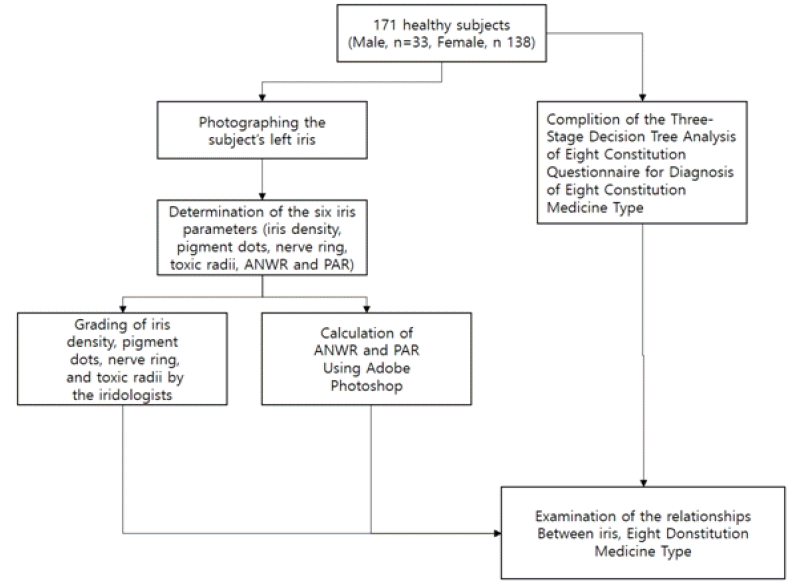
Fig. 2
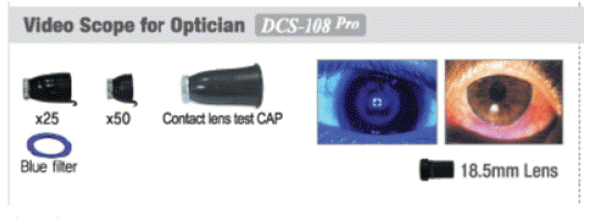
Fig. 3
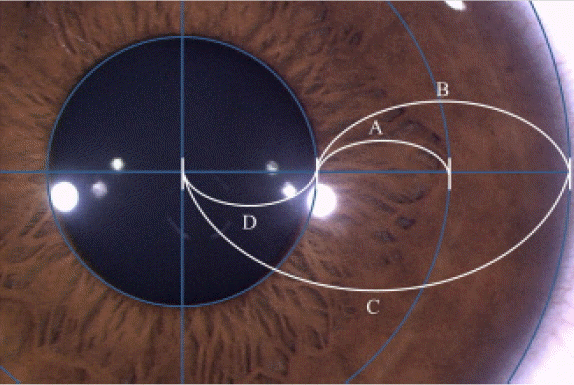
Fig. 4
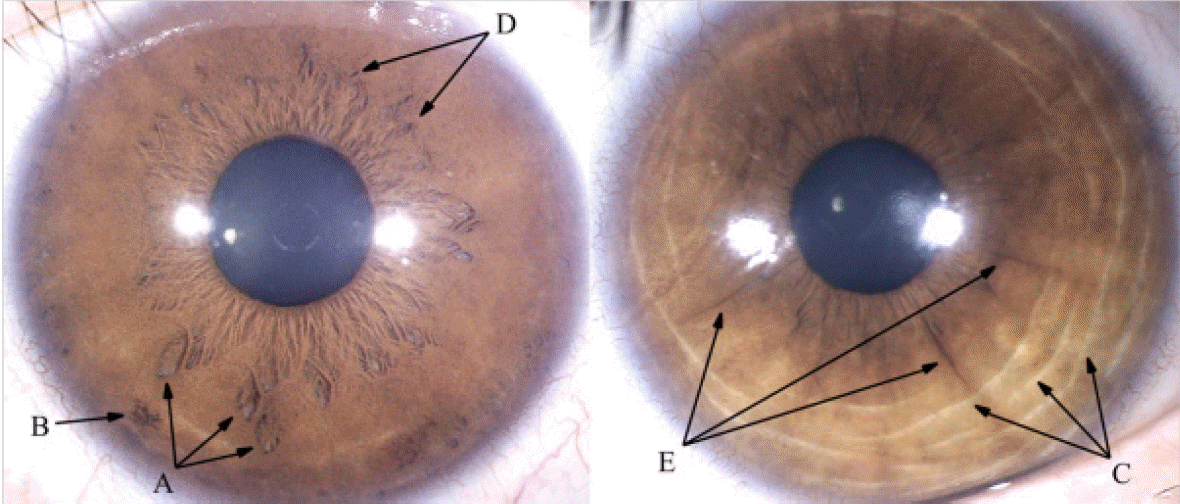
Fig. 5
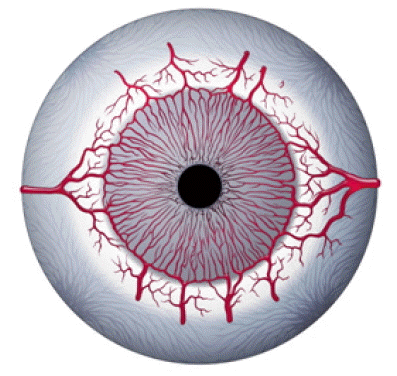
Table 1
Among the four iris parameters, pigment, nerve ring, and toxic radii were graded on a three-point scale, and iris density was graded on a four-point scale
Table 2
SE:standard error, ANWR:autonomic nerve wreath ratio, PAR:pupil area ratio
*** p<0.001,
** p<0.01
참고문헌
1 Baek IS. Iridology by photograph. Seoul: Seowondang;1998. p. 8–9.
2 Lee JM. Dongeuisoosebowon. Seoul: Daeseongmunhwasa;1998. p. 5–59.
3 Kuon DW. A study of constitution-Acupuncture. Journal of the International Congress of Acupuncture & Moxibuston. Tokyo: Japan Acupuncture & Moxibustion Society;1965. 10:p. 149–167.
4 Kuon DW. A study of constitution-Acupuncture. The Society of Korean Medicine. 1965; 16:25–28.
5 Kuon DW. A study of constitution-Acupuncture. Journal of Myongji Univ. 1974; 7:607–625.
6 Kuon DW. Know your 8 constitution. Bitgwasogeum. Seoul: Duranno;194:8. p. 116–118.
7 Ernst E. Iridology: A Systematic Review. dissertation. UK: University of Exeter;1999.
8 Lim YW, Park SI, Park YJ, Park YB. A Review of Iridology. The Journal of the Society of Korean Medicine Diagnostics. 2013; 17:1. 1–16.
9 Lim YW, Park YJ, Park YB. A longitudinal study of iris parameters and their relationships with temperament characteristics. European Journal of Intergrative Medicine. 2016; 8:6. 991–1000.
10 Hwang WJ. A Comparative Study of Sasang Constitution and Iris Constitutional Diagnosis. The Journal of traditional Korean medicin. 2000; 10:221–229.
11 Lim YW, Park YJ, Park YB. Experimental study of reliable iris parameters and their relationships with temperament, character, and heart rate variability. Europian Journal of Intergrative Medicine. 2014; 6:5. 516–23.
12 Lee JH, Kim MY, Kim HJ, Shin YS, Oh HS, Park YB, et al. A Study on Stage Classification of Eight Constitution Questionnaire. The journal of the Korea institute of oriental medical diagnostics. 2012; 16:2. 59–70.
13 Lee HS, Lee YB, Shin YS, Kim HJ, Seo JC, Lee JM, et al. A Pilot Study on Reliability of Pulse Diagnosis in Eight-Constitution Medicine. The Korean Journal of Meridian & Acupoint. 2005; 22:1–8.
14 Shin YS, Park Yst Park YJ, Kim MY, Lee SC, Oh HS. A study for 8 Constitution Medicine Diagnosis Expert System Development. The Journal Of The Korea Institute Of Oriental Medical Diagnostics. 2008; 12:1. 93–154.
15 Jang BR. Neuro-ophthalmology. 2nd edition. Seoul: Iljogak;2011. p. 167–170.
16 Lee Jh, Lee HB, Heo W, Hong YJ. Ophthalology. 9th edition. Seoul: Iljogak;2013. p. 26–27.
17 Donald Dr, Bamer R. Practical iridology and sclerology. 1996; 83
18 Park SI. Iris Image Analysis Method for Classifying an Iris Image Into Four Types. Korean Intellectual Property Office. 2009; June. 5.
19 O’Brian BS. Iridology Textbook. 1st. USA: Createspace Independent Pub;2015. p. 29–35.
20 Jang ES, Kim HS, Jung JW, Yoo JH, Lim JG, Lee SW. The Pilot Study on the Association of Diagnosis Resultsbetween Sasang Constitutional Medicine and Eight Constitutional Medicine. Korean Journal of Oriental Medicine. 2008; 14:2. 97–98.
21 Jo BK, Bae JI, Masao ST. Experimental Study of Acid-Base Balance and Variations of Heart Rate, Fluid and Electrolyte by Electrical Stimulation according to the Physical Constitution. Korean Journal of Oriental Medicine. 1993; 14:2. 349–354.
22 Kwak CK, Sohn EH, Lee EJ, Koh BH, Song IB, Hwang W. A Study about Sasang Constitutional difference on Autonomous Function after Acupuncture stimulation. Journal of Sasang Constitutional Medicine. 2004; 16:3. 76–84.
